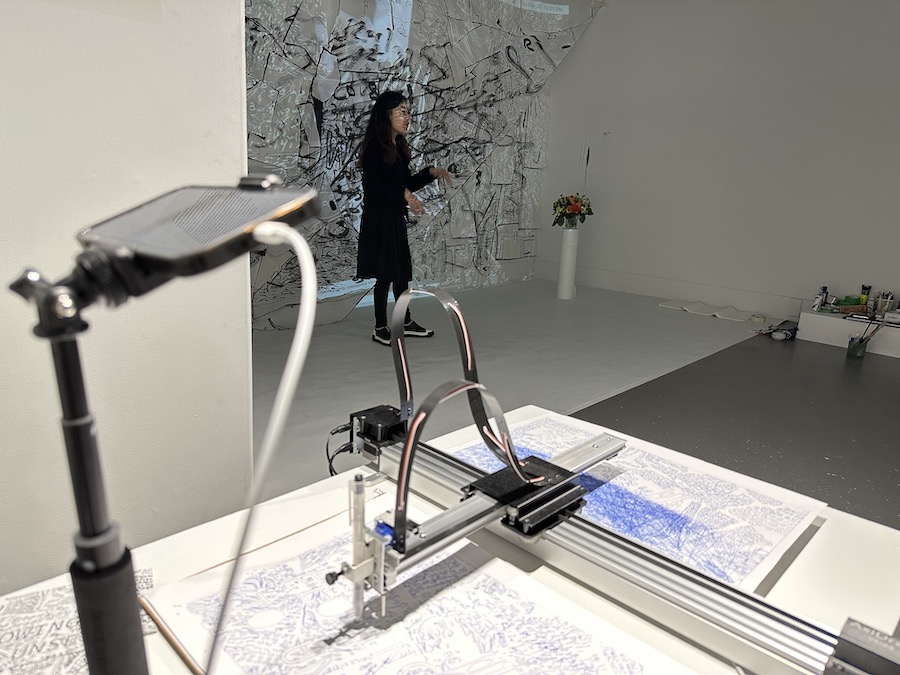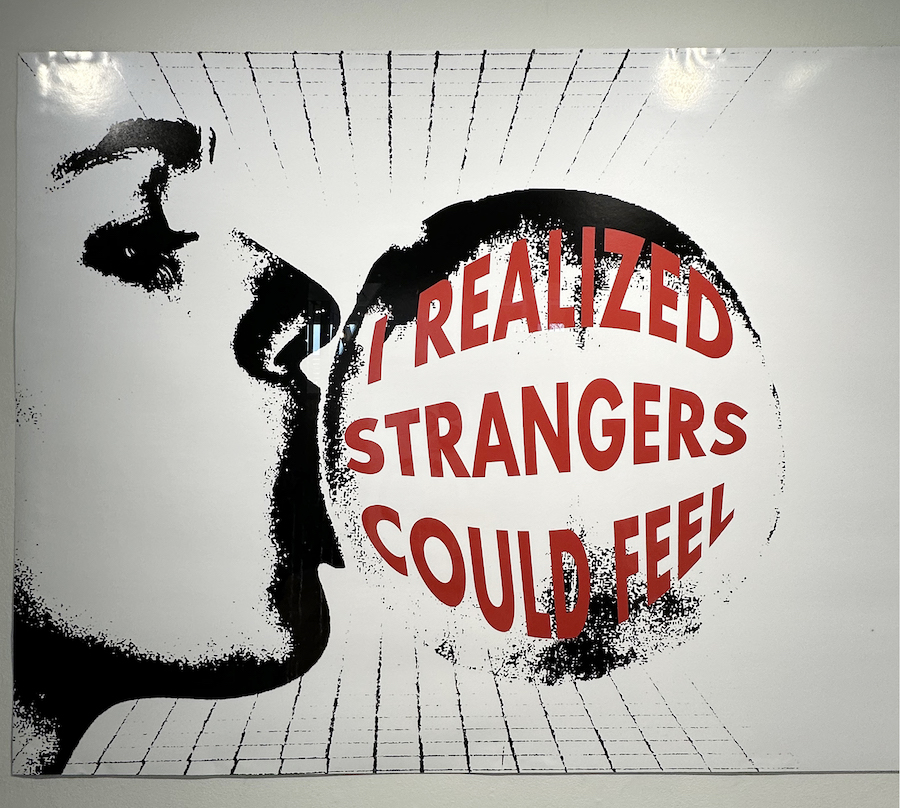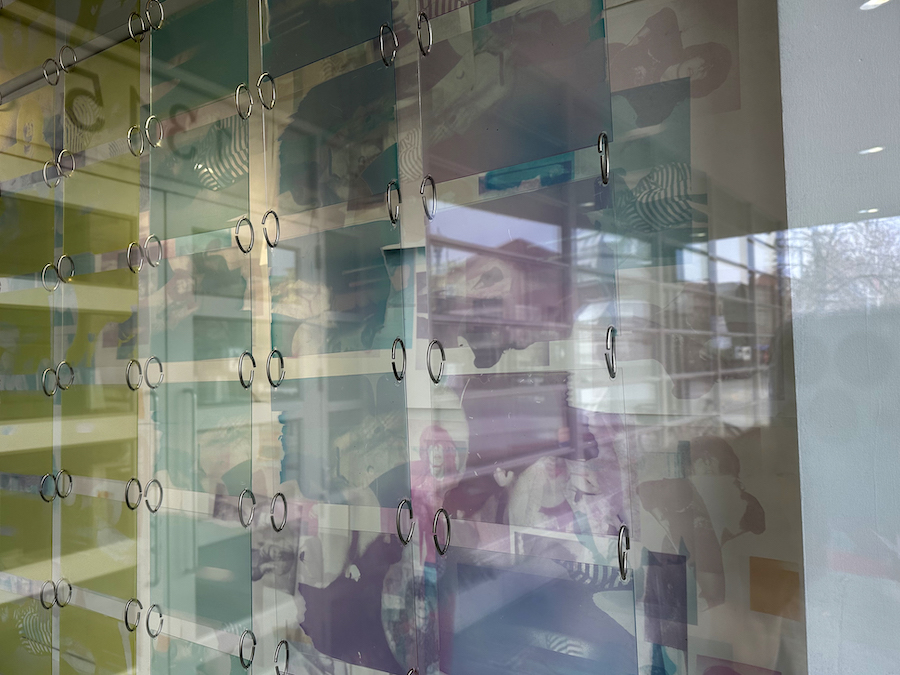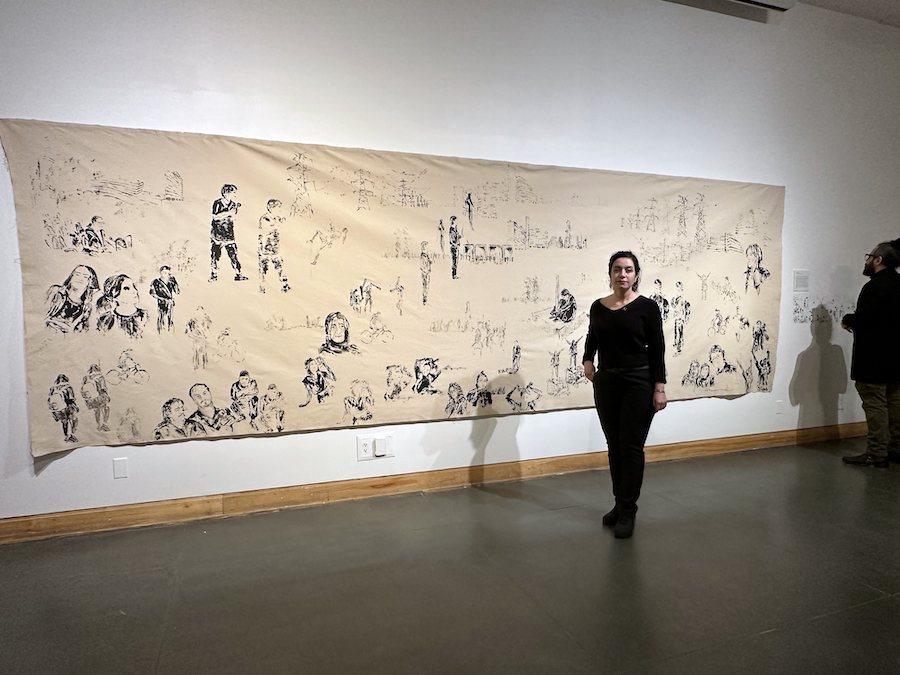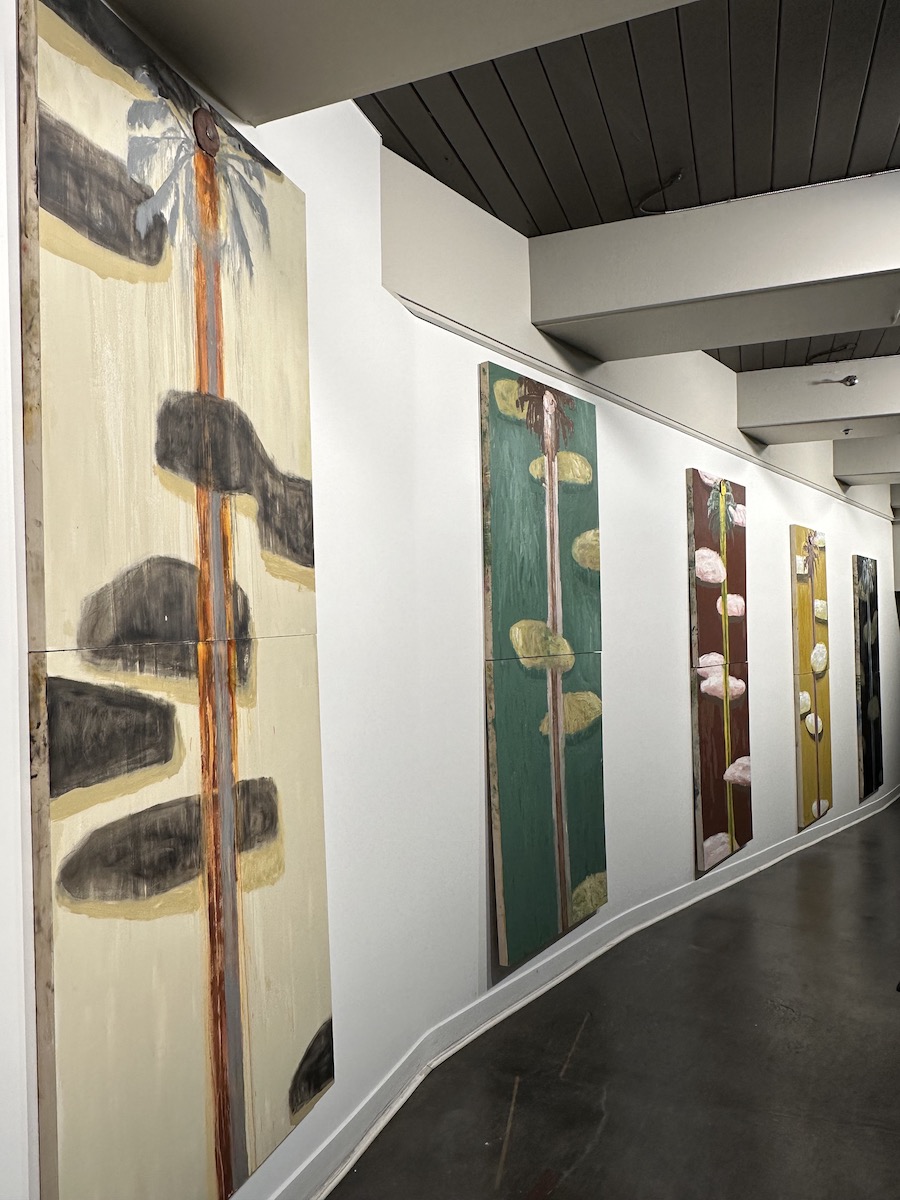2023 Outbdoor Banner Exhibition
This project originally launched in 2020, with the first banners erected in the spring of 2021, as a means of creating new opportunities for local artists amidst pandemic-related facility closures. The banner project continues as a unique and engaging way to expand access to exhibition space in the city. Each year, the Outdoor Banner Exhibition Program showcases 13 original works...
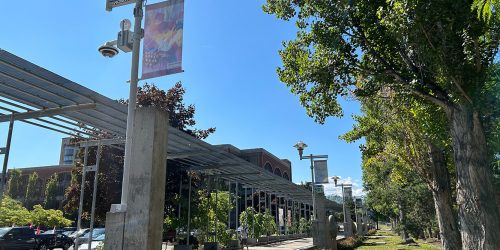
 Follow
Follow

